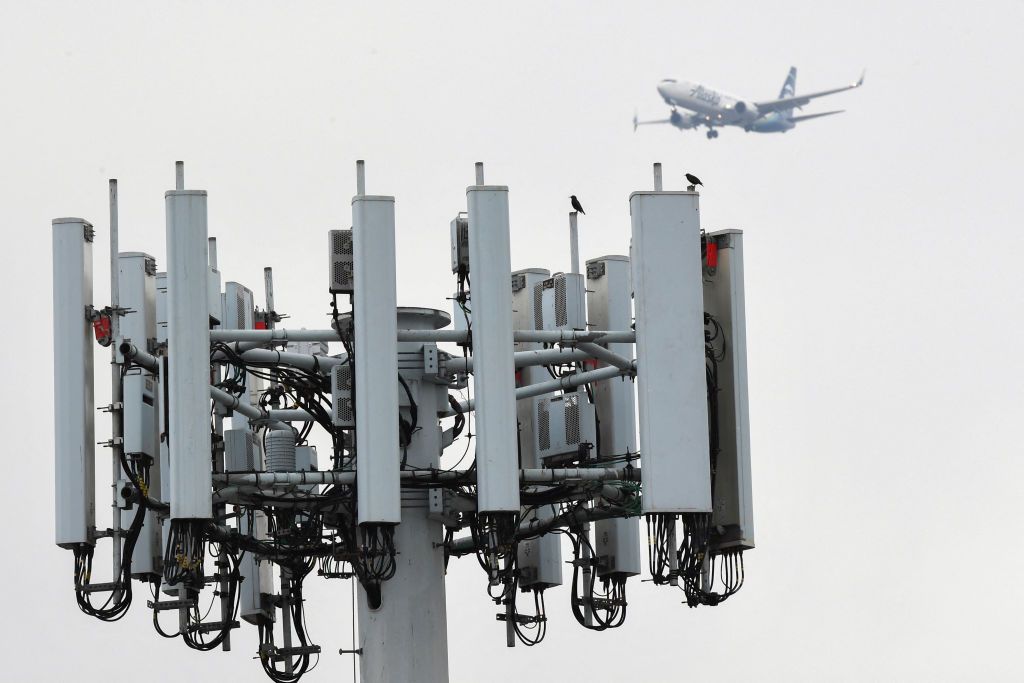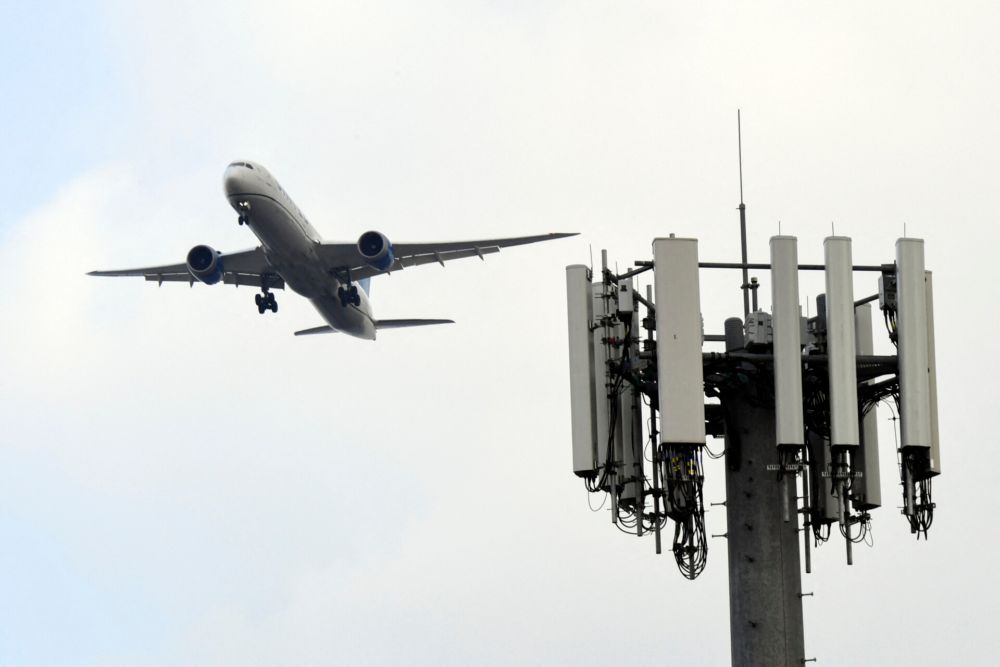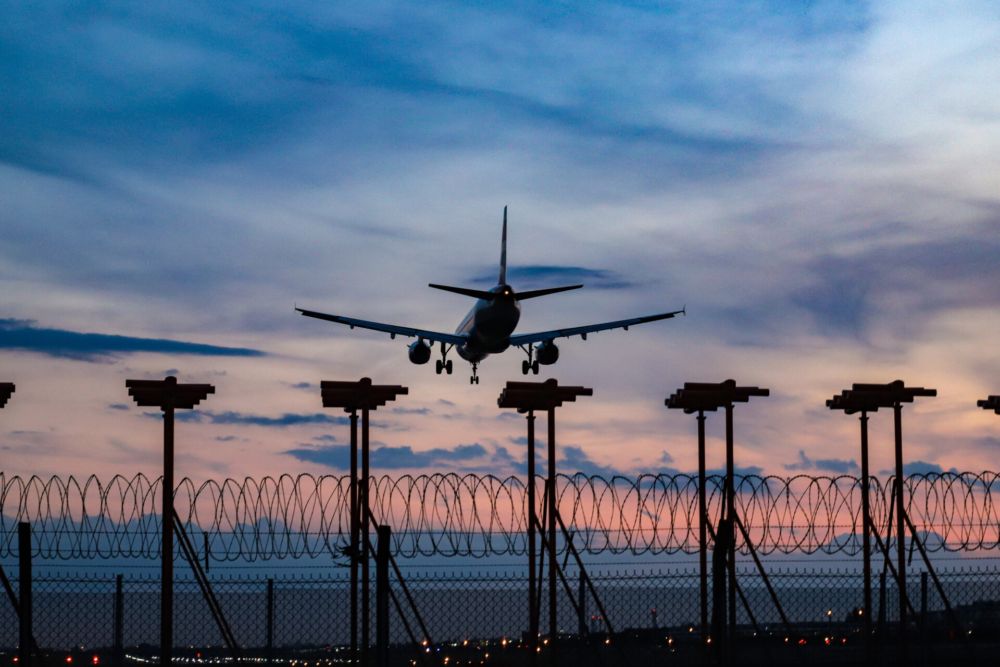As the ongoing debate concerning the rollout of 5G data in the US and its impact on commercial aviation continues to take center stage, the FAA is nearing a solution. Specifically, it has reached agreements with key mobile networks regarding the opening of more 5G towers. This will enable both safe airport operations and greater 5G coverage.
A key breakthrough
The rollout of 5G mobile data in the US has dominated the headlines in recent weeks, partially due to its impact on airline operations within the country. While the technology has existed for several years, its planned widespread deployment in the US has raised fears of interference with landing equipment. This has prompted widespread disruption to flights.
The debate between the FAA and the networks has prompted the rollout to be delayed several times. This month, Verizon and AT&T agreed not to deploy the data within two miles of airports. Rival network T-Mobile is not part of the debate. This is because its 5G data doesn't utilize C-band frequencies. In any case, the FAA announced this week that:
"Through continued technical collaboration, the FAA, Verizon, and AT&T have agreed on steps that will enable more aircraft to safely use key airports while also enabling more towers to deploy 5G service."
How has the FAA cleared more towers?
Through further work with the networks involved in the C-band 5G rollout, the FAA has been able to get a clearer picture of where 5G might impact airport operations. It added:
"The strong communication and collaborative approach with wireless companies (...) have provided more precise data about the exact location of wireless transmitters and supported more thorough analysis of how 5G C-band signals interact with sensitive aircraft instruments."
Now able to "safely and more precisely map the size and shape of the areas around airports where 5G signals are mitigated," this has reduced the size of the areas where 5G cannot yet be deployed. The FAA concluded that "this will enable the wireless providers to safely turn on more towers as they deploy new 5G service in major markets across the United States."
Stay informed: Sign up for our daily and weekly aviation news digests.
Other important recent steps
The 5G debate has been ongoing for several weeks now. As such, the FAA has been working to minimize disruption to airline operations within its airspace. For example, this month, it published a list of 50 US airports that will have 5G buffer zones. These will prevent disruption at these locations, with networks agreeing to turn off transmitters for six months.
Additionally, the FAA has also looked to ensure that as many US-registered aircraft as possible are clear to operate even in the event of a wider 5G rollout. The agency has been certifying planes to conduct low-visibility landings amid concerns regarding 5G's impact on autoland equipment. By mid-January, it had cleared around 50% of US aircraft.
What do you make of the situation regarding 5G in the US? Have you had to alter your travel plans as a result? Let us know your thoughts and experiences in the comments.



